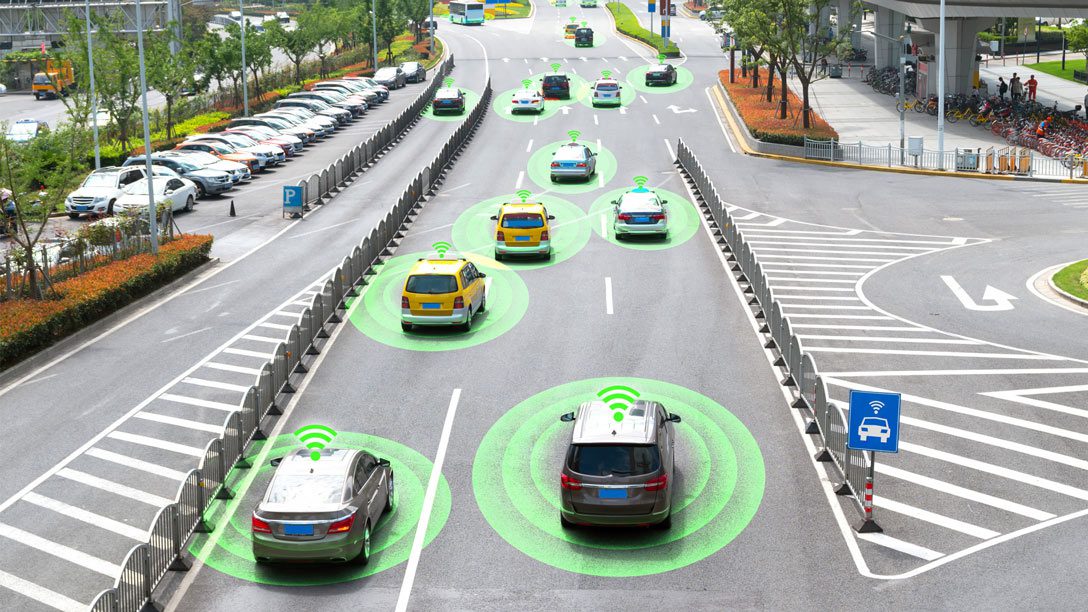The future of transportation promises to be groundbreaking and innovative with technological advancements that will change the way we travel. Autonomous vehicles are one of the most anticipated changes in transportation, and the development of the hyperloop, electric planes, personal drones, hoverboards, and smart roads, could revolutionize transportation. Researchers are even exploring ways to teleport particles and objects, and high-speed rail systems and magnetic levitation trains are becoming faster and more efficient. VTOL vehicles offer a new way of traveling in urban areas, while smart roads come equipped with sensors to monitor traffic flow and charge electric vehicles. The future of transportation is exciting and endless as technology advances to create faster, more efficient, and environmentally-friendly modes of travel.
The Future of Transportation: 10 Technologies That Will Change How We Travel
The world is always changing and evolving, and transportation is no exception. With the advances in technology, the future of transportation looks very different than it does today. In this article, we will explore 10 technologies that will change how we travel from point A to point B.
1. Autonomous Vehicles
Perhaps the most anticipated change in transportation is the development of autonomous vehicles. These are cars, trucks, and other vehicles that can drive themselves without the need for a human driver. Currently, companies like Tesla and Waymo are testing autonomous driving technology, and it’s only a matter of time before this becomes more mainstream.
2. Hyperloop
The hyperloop is a proposed transportation system that uses sealed tubes to transport passengers and cargo between cities at incredibly high speeds. The concept was first introduced by Elon Musk and has since gained traction as a potential solution for long-distance travel.
3. Electric Planes
As more countries move towards renewable energy, electric planes are becoming a reality. Companies like Eviation and Airbus are working on developing electric planes that have the potential to revolutionize the aviation industry by reducing carbon emissions.
4. Personal Drones
While drones are primarily used for photography and videography, they have the potential to be used for transportation as well. Personal drones could provide an alternative to traditional modes of transportation, particularly in urban areas where traffic congestion is high.
5. Hoverboards
While hoverboards are often associated with the movie, Back to the Future, they are becoming a reality. The technology uses magnetic levitation to create frictionless movement, allowing the user to glide above the ground.
6. Teleportation
While it may seem like science fiction, teleportation technology is actually being developed. Researchers are working on ways to teleport particles and even small objects, and while full-scale human teleportation is still a ways off, it could revolutionize transportation in the future.
7. Smart Roads
Smart roads are roads that have been equipped with advanced technology that allows for more efficient and safe transportation. This includes sensors that can monitor traffic flow, communicate with vehicles, and even charge electric cars.
8. High-Speed Rail
High-speed rail has been around for some time, but advances in technology are making it faster and more efficient. Countries like Japan and China have already implemented high-speed rail systems, and it’s only a matter of time before they become more common around the world.
9. Vertical Takeoff and Landing (VTOL) Vehicles
VTOL vehicles are aircraft that can take off and land vertically, making them ideal for areas where there is limited space for traditional runway takeoffs and landings. These vehicles could drastically change how we travel, particularly in urban areas.
10. Magnetic Levitation Trains
Magnetic levitation trains use magnetic forces to propel the train forward, allowing it to reach incredibly high speeds. Currently, the fastest Maglev train is in Japan, traveling at a speed of over 300 miles per hour. As the technology advances, we can expect to see more Maglev trains in other parts of the world.
Conclusion
The future of transportation looks incredibly exciting, with advances in technology paving the way for faster, more efficient, and more environmentally friendly modes of transportation. From autonomous vehicles to teleportation, the possibilities are endless, and we are only just scratching the surface of what’s possible. The technology is still in its infancy, but as it advances, we can expect to see even more exciting changes in the years to come.
